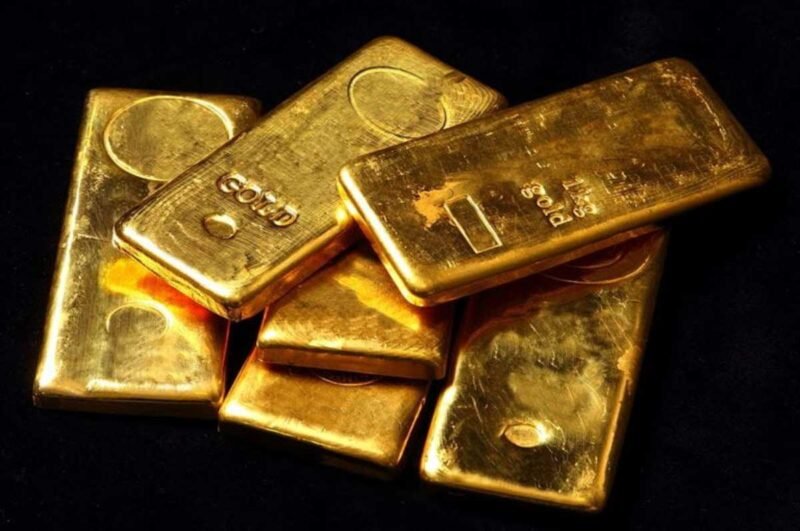Gold, with its shimmering allure and enduring value, has captivated the human imagination for centuries. The notion of creating gold from base metals, known as transmutation or alchemy, has been a tantalizing pursuit throughout history. However, separating myth from reality is essential when discussing whether gold can truly be made through alchemical or scientific means. In this article, we delve into the fascinating world of alchemy, modern science, and the elusive quest to turn other elements into gold.
Also read: Who is responsible for the increase in gold?
Table of Contents
Alchemy: From Myth to Science
Alchemy, an ancient practice that combined mysticism, philosophy, and proto-science, aimed to transform base metals into noble ones, particularly gold. Alchemists believed in the Philosopher’s Stone, a mythical substance that held the power to transmute metals and provide eternal life. While alchemy laid the groundwork for modern chemistry, its promises of gold creation remained largely unfulfilled.
Modern Science and Nuclear Reactions
The dream of creating gold persisted even as alchemy gave way to modern science. In the early 20th century, the discovery of nuclear reactions and the transformation of elements through nuclear processes seemed to offer a glimmer of hope for turning one element into another. However, the energy required to achieve such transformations is astronomical, rendering the process impractical and uneconomical.
Also read: Is it interesting to invest in gold?
Synthetic Gold and Nanotechnology
While it’s not possible to create gold through traditional alchemy or nuclear reactions, modern science has found ways to produce synthetic gold. Nanotechnology allows scientists to manipulate atoms and molecules on a nanoscale, creating materials with unique properties. Although synthetic gold nanoparticles have applications in medicine, electronics, and other fields, they differ from naturally occurring gold in their structure and properties.
The Value of Natural Gold
The scarcity and intrinsic value of natural gold contribute to its allure. Gold’s unique properties make it highly resistant to corrosion, an excellent conductor of electricity, and a symbol of wealth and luxury. Its scarcity, however, is what ultimately gives it value. If gold could be easily created, its value would diminish significantly, affecting global economies and financial systems.
Also read: How Money Is Made: Unveiling the Intriguing Process Behind Currency Creation
Ethical and Environmental Considerations
The pursuit of creating gold through alchemical or scientific means raises ethical and environmental concerns. Large-scale nuclear reactions or experiments could have harmful consequences, and the process would likely require vast amounts of energy. Furthermore, artificially created gold might pose challenges in terms of authenticity and traceability, impacting industries like jewelry and investment.
In Conclusion
The age-old question of whether gold can be made is a fascinating exploration of human curiosity, scientific progress, and the interplay between myth and reality. While alchemy and modern science have provided insights into the transformation of elements, the creation of gold remains elusive and impractical. Natural gold’s scarcity and intrinsic properties continue to make it a valuable and sought-after resource, reflecting its enduring significance in human history.

